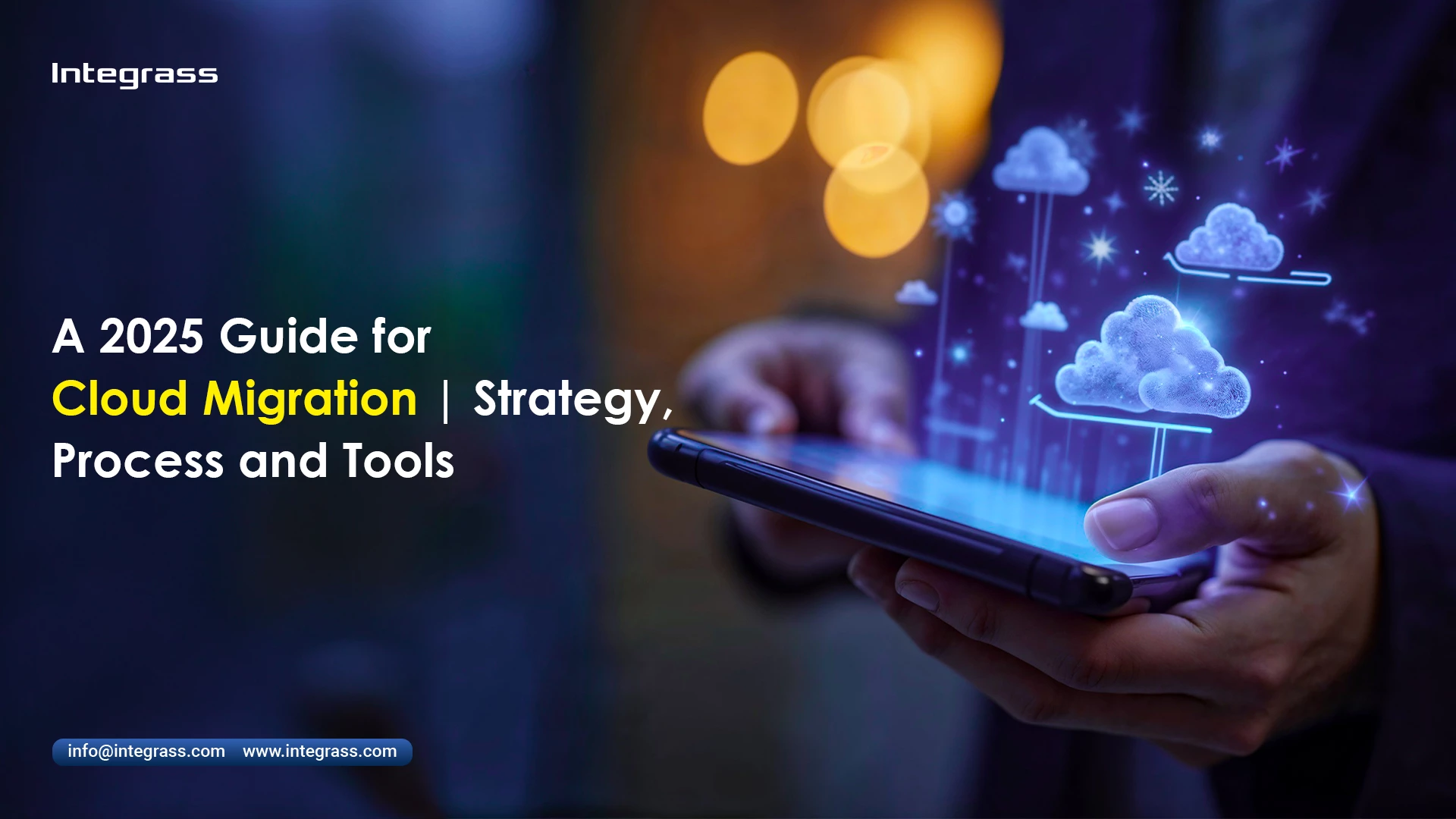Introduction
The move to the cloud is more than just a trend—it’s an essential step for businesses aiming for agility, scalability, and innovation. By 2025, cloud migration will continue to shape the digital strategies of enterprises worldwide. But achieving a seamless transition requires a carefully crafted strategy, informed planning, and the right tools.
This guide offers actionable insights into cloud migration strategies, processes, tools, and the considerations to keep in mind for a successful transformation.
What is a Cloud Migration Strategy?
A cloud migration strategy constitutes an overarching plan that outlines how an organization transitions its digital assets—including services, databases, IT resources, and applications—from on-premises or co-located infrastructures into a cloud-based environment.
The transition may be:
- Partial: Retaining some workloads on-premises while moving others to the cloud.
- Comprehensive: Moving the entirety of an organization’s infrastructure.
- Cloud-to-Cloud Migration: Transitioning between cloud providers for enhanced benefits.
The Five Stages of Cloud Migration Execution
- Preparation: Understand business needs and conduct a comprehensive assessment of current systems.
- Planning: Develop a roadmap detailing timeline, team responsibilities, and resources required.
- Migration: Implement the strategy, ensuring minimal disruption.
- Operation: Test the migrated workloads to verify performance and reliability.
- Optimization: Refine operations to leverage the scalability and cost-effectiveness of the cloud.
This process involves more than moving data from local centers to public cloud providers like AWS, Google Cloud, or Microsoft Azure. It also encompasses inter-cloud migrations, where businesses transition from one cloud provider to another to optimize costs or access better services.
Main Benefits
- Cost Savings: Eliminate capital expenses tied to maintaining physical infrastructure.
- Scalability: Dynamically adjust resources based on business needs.
- Increased Efficiency: Optimize operations with automated tools and cloud-native technologies.
- Improved Security: Leverage robust security frameworks provided by top cloud platforms.
- Global Reach: Access services and resources globally, enabling better collaboration and customer experiences.
Common Challenges
While the cloud offers unmatched benefits, there are challenges to overcome:
- Security and Compliance: Maintaining data integrity and adhering to regulatory standards.
- Downtime Risks: Ensuring minimal operational disruptions during migration.
- Skill Gaps: Training teams to adapt to cloud-specific technologies.
- Cost Management: Avoiding unexpected charges due to improper cloud resource management.
- Integration Complexities: Aligning legacy systems with new cloud-based solutions.
Cloud Migration Strategies
Businesses can choose from several cloud migration strategies based on their goals and infrastructure needs.
The Seven Cloud Migration Strategies
These strategies are often referred to as the “7 Rs” of migration:
- Rehost (Lift and Shift): Move existing workloads to the cloud with minimal modifications.
- Re-platform (Lift and Optimize): Adjust certain applications for better cloud performance.
- Repurchase: Replace existing applications with cloud-native solutions.
- Refactor: Redesign applications to leverage microservices or serverless technologies.
- Retain: Keep certain applications on-premises for specific reasons.
- Retire: Decommission outdated or redundant applications.
- Relocate: Shift entire data centers to the cloud with minimal changes.
Detailed Strategies
- Lift and Shift: Ideal for quick migrations with limited budget constraints.
- Tools: AWS Server Migration Service, Azure Migrate, Google Transfer Service.
- Focus: Minimal changes, automation, and compliance adherence.
- Re-platforming: A middle ground for better performance without a complete overhaul.
- Tools: AWS Elastic Beanstalk, Azure App Service, Google Cloud Functions.
- Focus: Cloud-native optimizations to reduce time-to-market and costs.
- Cloud-Native Development: Aimed at future-proofing applications using microservices and serverless architectures.
- Tools: AWS Lambda, Azure Functions, Google Kubernetes Engine.
- Focus: Scalability, zero maintenance, and improved performance.
The Five Phases of Cloud Transformation
To execute a cloud migration effectively, organizations follow these phases:
1. Preparation
- Perform a readiness assessment.
- Evaluate existing infrastructure and dependencies.
2. Planning
- Develop a step-by-step roadmap.
- Identify the right migration strategy and tools.
3. Migration
- Execute the migration plan.
- Validate data integrity and ensure minimal downtime.
4. Operation
- Monitor migrated workloads for performance and reliability.
- Ensure compliance and security standards are met.
5. Optimization
- Analyze cloud usage for cost efficiencies.
- Implement advanced tools like AI/ML for performance improvements.
Tools for Cloud Migration
AWS Tools
- AWS Migration Hub: Centralizes tracking and analysis.
- CloudEndure Migration: Simplifies the automation of server migrations.
Azure Tools
- Azure Migrate: Assists with server, database, and application migration.
- Azure Site Recovery: Ensures continuity with minimal disruption.
Google Cloud Tools
- Transfer Appliance: Handles large-scale data migrations securely.
- Anthos: Manages workloads across hybrid and multi-cloud environments.
Why Choose Integrass Tech Solutions?
Cloud migration is intricate, with risks of downtime, compliance violations, and unforeseen costs. But with Integrass Tech Solutions, you can ensure:
- Expertise: Decades of experience with AWS, Azure, and Google Cloud.
- Customization: Tailored strategies for every organization.
- End-to-End Support: From assessment to optimization.
- Compliance Management: Adherence to industry-specific standards like GDPR and HIPAA.
Migrating to the cloud isn’t just about embracing technology; it’s about transforming your business. A well-defined strategy, robust processes, and expert guidance can make all the difference. Integrass Tech Solutions – we’re here to help!




